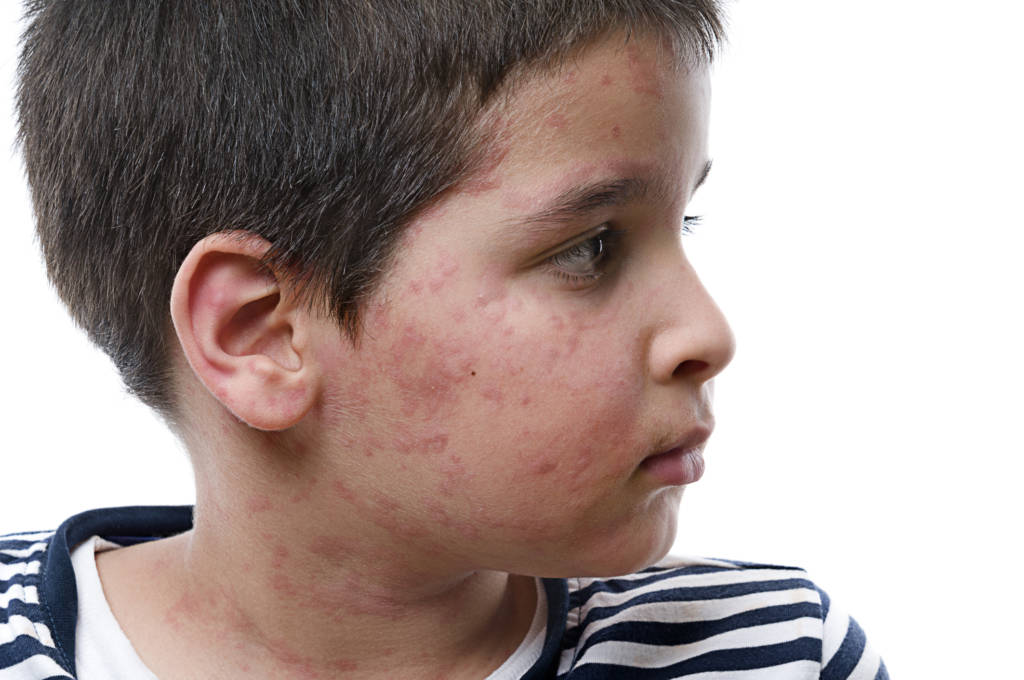The Latino culture is very diverse within itself and when it comes to the food we eat, there are many options. The allergy and immunology experts at Rush University Medical Center, Cincinnati Children’s Hospital Medical Center and Ann & Robert H. Lurie Children’s Hospital of Chicago have conducted the first study designed to assess and characterize the racial and ethnic difference in food allergies among children in the U.S., including Latino children.
The researchers found that both African American and Latino children had significantly higher rates of corn, shellfish and fish allergies compared to white children, confirming that race and ethnicity play an important role in how people are affected by food allergy.
Results of the study were published in the Journal of Allergy and Clinical immunology, In practice.
“Food allergy is a prevalent condition in the U.S., but little is known about its characteristics and severity in racial minority groups,” said Dr. Mahboobeh Mahdavinia, study principal investigator, lead author and allergy and immunology expert at Rush. “Our goal was to characterize the food allergy related outcomes in these children and to identify any disparities in health care usage among African American, Latino and white children with food allergy.”
Food allergy is an immune system reaction that occurs soon after eating a certain food. Even a tiny amount of the food individuals are allergic to can trigger signs and symptoms, such as digestive problems, hives, breathing problems or anaphylaxis (a severe, potentially fatal allergic reaction). Food allergy is major public health concern affecting eight percent of children in the U.S. with an estimated economic burden of $24.8 billion annually.






